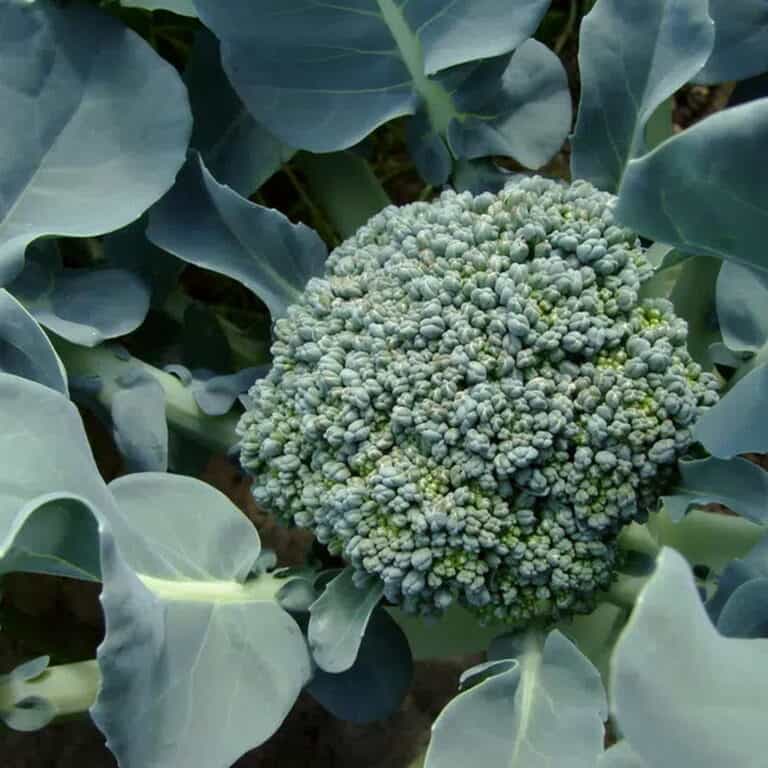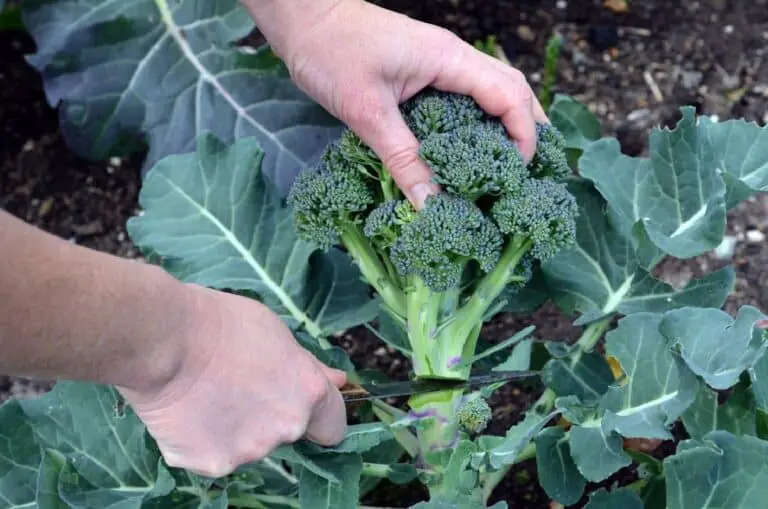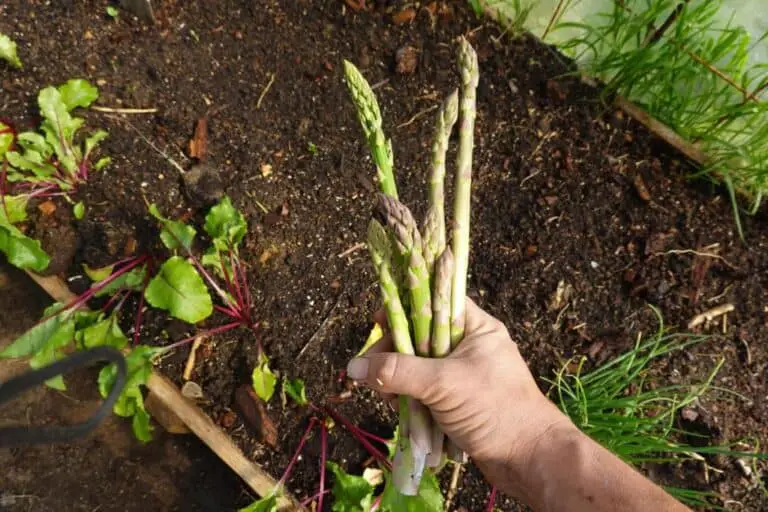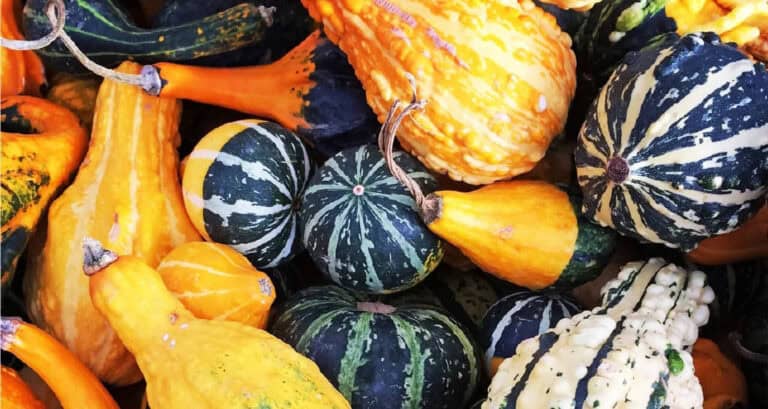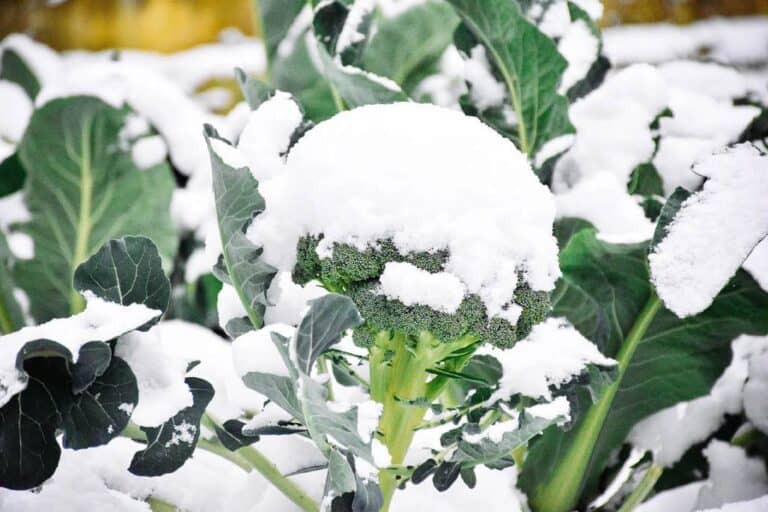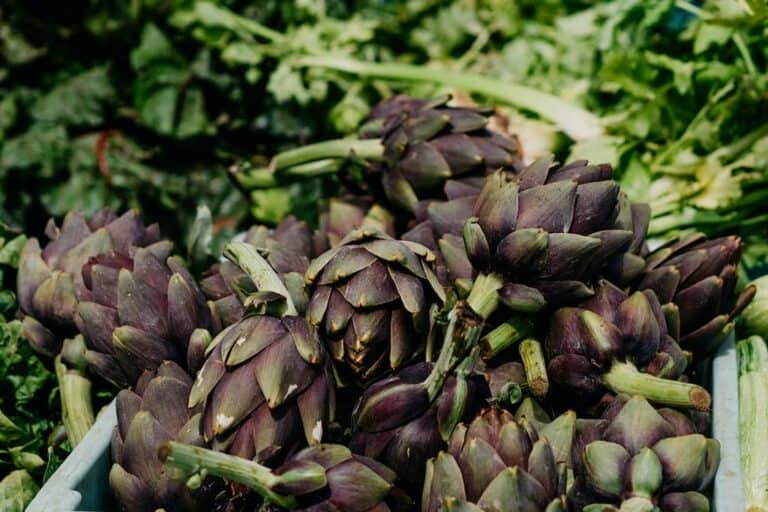How Do You Pick Asparagus So It Keeps Growing?
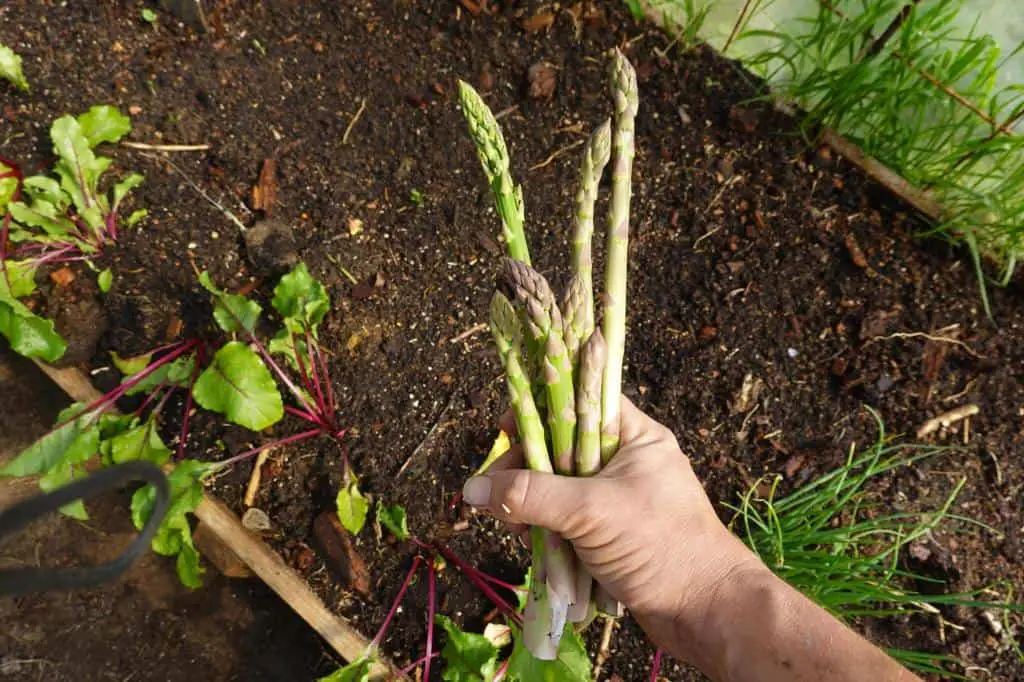
Asparagus is a delightful perennial vegetable. It heralds the arrival of spring with its tender, tasty spears. A well-managed asparagus bed can produce delicious harvests for up to 20 years or more. The key to maintaining a productive asparagus patch lies in how you harvest the spears.
In this article, we’ll explore the best practices for picking asparagus to ensure it keeps growing robustly year after year. Whether you’re a seasoned gardener or a novice, these tips will help you enjoy bountiful asparagus harvests.
Understanding Asparagus Growth
Before diving into the specifics of harvesting, it’s important to understand how asparagus grows. Asparagus (Asparagus officinalis) is a perennial plant, meaning it comes back year after year.
It grows from an underground crown and sends up edible shoots, or spears, in the spring. If left unharvested, these spears grow into tall, fern-like plants that gather energy from the sun and store it in the roots for the next year’s growth.
The health of the root system is crucial for the longevity and productivity of the asparagus bed. Proper harvesting techniques are essential to ensuring the plants remain healthy and productive.
The Right Time to Harvest Asparagus
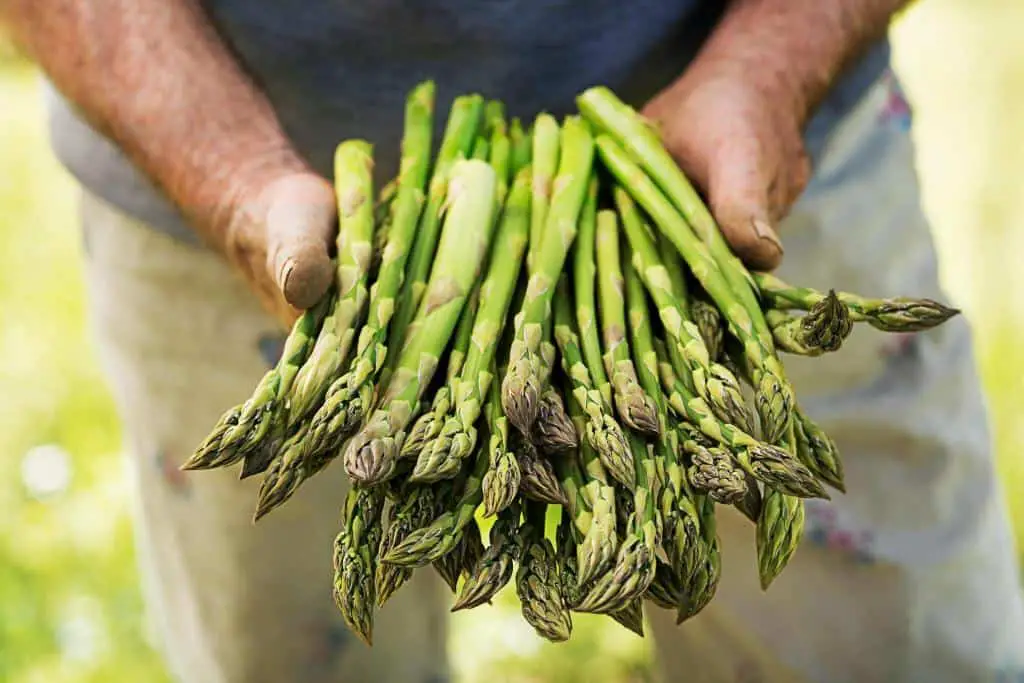
Timing is critical when it comes to harvesting asparagus. The harvesting season typically lasts for 6-8 weeks in spring, depending on your climate and the maturity of your asparagus bed.
When to Start Harvesting:
- Year 1: In the first year after planting crowns, avoid harvesting altogether. Allow the plants to establish a strong root system.
- Year 2: Light harvesting is permissible for 2-3 weeks.
- Year 3 and Beyond: Begin full harvesting for 6-8 weeks.
Signs to Harvest:
- Harvest spears when they are 6-8 inches tall and the tips are still tight.
- In warmer weather, asparagus can grow rapidly, so daily harvesting may be necessary to catch spears at their prime.
How to Harvest Asparagus
Proper harvesting techniques are vital for the health of the asparagus plants. Here’s how to harvest asparagus to ensure it keeps growing vigorously:
- Use a Sharp Knife or Asparagus Cutter:
- Cut the spears at ground level or slightly below. Avoid pulling or twisting the spears, as this can damage the crown.
- Harvest Regularly:
- Check your asparagus bed daily during the peak season. Harvesting regularly encourages new spears to emerge.
- Stop Harvesting at the Right Time:
- Cease harvesting when the majority of spears are thinner than a pencil. This indicates that the plant needs to grow into ferns to recharge for the next season.
Best Practices for Asparagus Care
Maintaining the health of your asparagus plants involves more than just proper harvesting. Here are some additional care tips to ensure your asparagus keeps growing:
Fertilization and Soil Health
- Pre-Season Fertilization:
- In early spring, apply a balanced fertilizer (such as 10-10-10) to provide essential nutrients as the spears begin to emerge.
- Post-Harvest Feeding:
- After the harvest, add compost or well-rotted manure to your asparagus bed. This will replenish soil nutrients and support fern growth.
- Mulching:
- Mulch your asparagus bed with straw or wood chips. This will save water, stop weeds, and improve soil.
Watering
- Consistent Moisture:
- Ensure consistent watering, especially during dry periods. Asparagus plants require about 1-2 inches of water per week.
- Avoid Overwatering:
- Avoid waterlogging the soil, as this can lead to root rot. Well-drained soil is crucial for healthy asparagus growth.
Pest and Disease Management
Keeping pests and diseases at bay is essential for a thriving asparagus bed. Here are some common issues and how to address them:
Common Pests
- Asparagus Beetles:
- These pests can damage spears and fronds. Handpick beetles or use insecticidal soap to control them.
- Cutworms:
- These pests can cut down young spears at ground level. Use collars around young plants and maintain garden cleanliness to deter them.
Common Diseases
- Fusarium Wilt:
- This soil-borne fungus can cause plants to wilt and die. Rotate crops and avoid planting asparagus in the same spot for several years.
- Rust:
- This fungal disease appears as orange spots on fronds. Remove infected plants and ensure good air circulation in your garden.
Extending the Harvest Season
While the primary harvest season for asparagus is in spring, there are ways to extend your harvest season:
- Succession Planting:
- Planting crowns at different times can stagger the harvest. However, this method is less common due to the perennial nature of asparagus.
- Utilizing Different Varieties:
- Planting both early and late-season varieties can extend the harvest window.
Propagating Asparagus
Expanding your asparagus bed can increase your yield. Here are methods for propagating asparagus:
Division
- Spring or Fall Division:
- Divide established crowns in early spring or fall. Dig up the crowns, divide them, and replant immediately.
Starting from Seed
- Seed Starting:
- Start seeds indoors 12-14 weeks before the last frost date. Transplant seedlings into the garden after the danger of frost has passed.
| Related: Does Asparagus Multiply and Spread on Its Own? |
How to Promote Asparagus Regrowth
To promote asparagus regrowth, you need a few key practices. They keep your plants healthy and productive year after year. First, it’s essential to leave smaller spears to continue growing. This allows the plant to photosynthesize and store energy in its roots, which is crucial for the next season’s growth. By not over-harvesting, you let some spears grow into tall, fern-like fronds. This supports the plant’s long-term health.
Another critical aspect is maintaining healthy soil and water levels. Asparagus thrives in well-drained soil rich in organic matter. Regularly check the soil’s moisture, ensuring it remains consistently damp but not waterlogged.
Proper watering practices help prevent root rot and other issues that can hinder regrowth. Also, mulch can help keep soil moist and stop weeds. This further helps plants grow.
Regular fertilization is also vital for encouraging robust asparagus regrowth. Fertilize your asparagus beds with a balanced fertilizer, like a 10-10-10 blend. Do this in early spring before the spears emerge. Then, do it again after the harvest.
This replenishes essential nutrients and supports the plants’ overall health. Adding compost or well-rotted manure to soil provides long-lasting nourishment. It also improves soil structure.
| Read: Make Asparagus Grow Thicker: Simple Tips |
Conclusion
Harvesting asparagus correctly is crucial for maintaining a productive and healthy asparagus bed. You can enjoy tasty, homegrown asparagus year after year. To do so, understand the growth cycle, use proper harvesting, and follow best care practices.
Remember to check your asparagus bed often. Give it enough nutrients and water. Deal with pests and diseases quickly.

